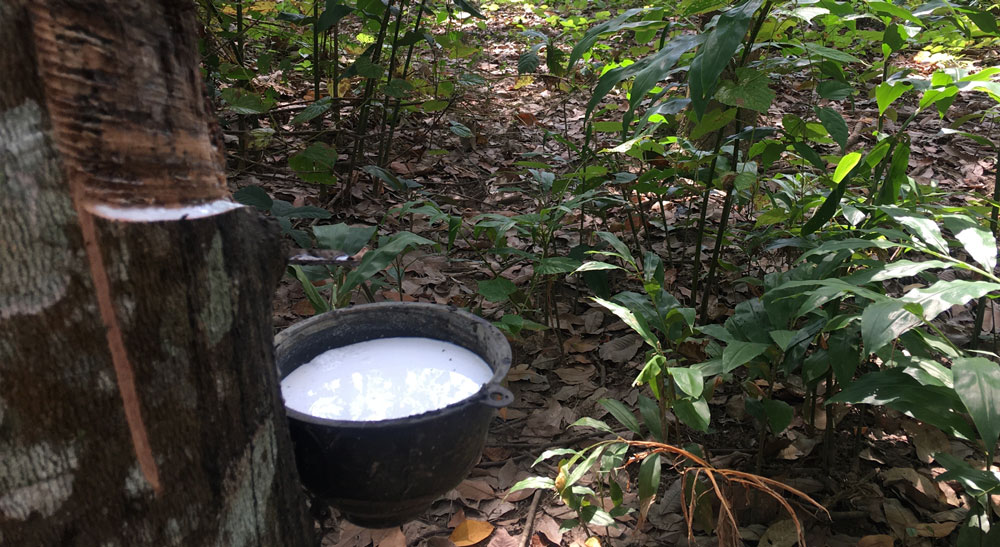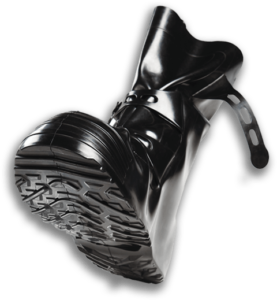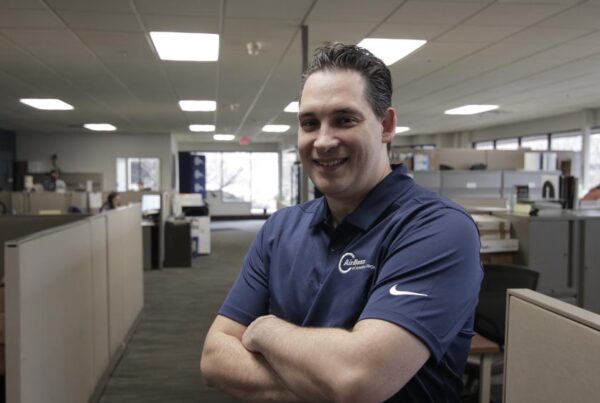The Life Cycle of Rubber
Rubber is a natural, renewable resource with amazing recyclability. In fact, there are several industries that were created to recycle, reuse, and repurpose rubber. To better understand how this works and how we can better preserve the environment, let’s take a closer look at the life cycle of rubber.
What Are the Main Stages During the Creation of Rubber?
Note that the processes and uses differ slightly for the two main types of rubber: synthetic rubber and natural rubber. However, the general stages are the same.


Stage One: Harvesting
Natural rubber begins as latex, which oozes out from rubber trees. People who harvest rubber stimulate this oozing by making wide cuts in the bark of trees. These fill cups, which are then used to fill larger tanks. This process is known as rubber tapping.
Synthetic rubber begins as chemical compounds that are combined to create different variations for specific applications. The main rubber compounds include oil, coal, and other hydrocarbons. Harvesting this material occurs after the physical combining has taken place.
Stage Two: Processing
Natural rubber processing begins with the use of formic acid to coagulate the substance. It takes half a day for this process to mature the rubber. It is then squeezed with rollers and dried. The combination of natural rubber and formic acid creates naphtha. Natural gas is then added to the naptha to create monomers.
From here, the processing is virtually the same for synthetic and natural rubber. They both undergo compounding, mixing, shaping, and vulcanization. Vulcanization hardens the rubber and makes it stronger.
Stage Three: Fabrication and Use
 Manufacturers then use the rubber material to make a wealth of products. These range from vehicle tires to commercial roofs. The lifespan of these products can vary significantly, but they all have an eventual point when they must be retired from everyday use. For example, rubber roofs tend to last around 25 years.
Manufacturers then use the rubber material to make a wealth of products. These range from vehicle tires to commercial roofs. The lifespan of these products can vary significantly, but they all have an eventual point when they must be retired from everyday use. For example, rubber roofs tend to last around 25 years.
Stage Four: Recycle, Reuse, or Repurpose
Over the past decade, corporations and governments have found more and more innovative ways to keep rubber out of landfills. Rubber is often recycled, reused, and repurposed to make playground mulch, shoe soles, mouse pads, floor mats, and brand-new car components. In fact, some of the most beautiful “earth homes” around the world are built with repurposed vehicle tires that would have otherwise ended up in landfills.
Stage Five: Final Disposal
The total lifespan of rubber depends on whether rubber waste is sent to a landfill or recycled. Even if it ends up in a landfill, there are various organizations that remove rubber and recycle it.
Why Using Rubber Efficiently & Effectively is Important
Since rubber can be harvested naturally from trees and put together easily with compounds, why does conservation matter? Why is it important to conserve a renewable, natural resource?
Production Cost
Producing new rubber products is an energy-consuming process that also emits pollutive substances. Recycling, repurposing, and reusing rubber leads to far fewer pollutants while removing rubber waste from the environment.
Secondary Industries
There are now several industries that rely heavily on the reuse, repurposing, and recycling of rubber. Providing recycled materials to these companies fuels new innovations, boosts their local economies, and employs many people around the world.
Sustainability
The most important reason to effectively use existing rubber is to protect the environment. Rubber trees can live as long as 100 years, and they provide an important source of income for indigenous people. In fact, people who harvest rubber from trees are often instrumental in lobbying for the preservation of forests versus clearing them to build homes or graze cattle. Consequently, many conservation groups support rubber harvest tapping as a safe and renewable activity.
AirBoss is a world leader in the manufacturing of rubber products. We are especially proud of our involvement in the healthcare, defense, and first-responder communities. Since 1989, we have worked hard to strike a balance between economic prosperity and environmental sustainability. So, if you’re looking for a rubber manufacturing partner who shares the same sustainability goals you do, contact us for more information.







